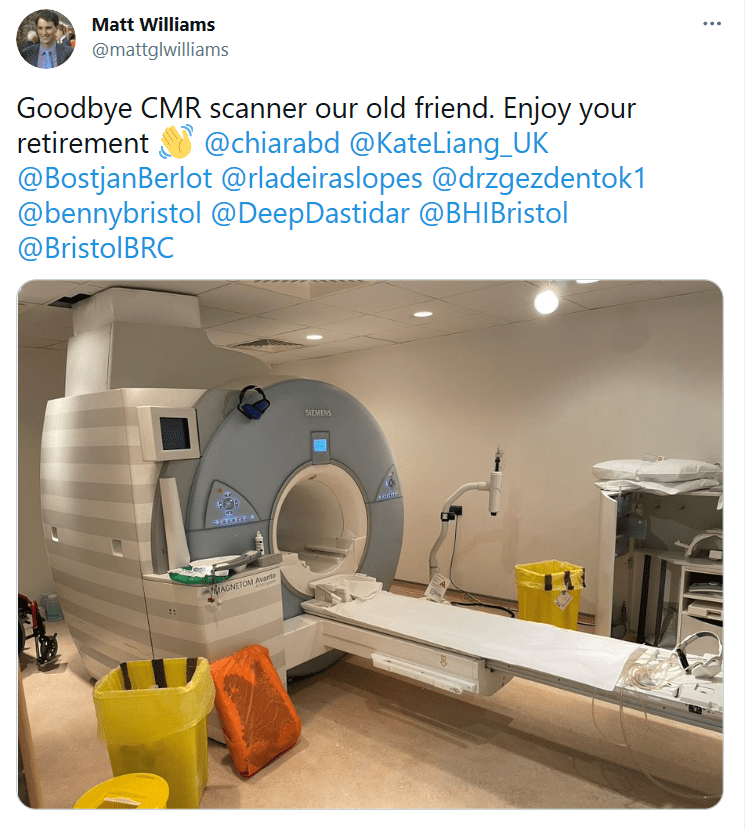Principal Investigator Matt Williams on the MINOCA study, which completed its recruitment phase at UHBW in March.
One in 10 patients who suffer a suspected heart attack do not have a blocked or narrowed heart artery. These patients are classified as having a myocardial infarction with non-obstructive coronary arteries (MINOCA).
Previously thought to be low risk, MINOCA patients were often discharged with no treatment or follow up. However, research shows that these patients have mortality of nearly five per cent at only 12 months.
MINOCA patients are more likely to have had a stressful event prior to admission and a history of anxiety or depression. Previous research has even suggested that people with a stress cardiomyopathy – a common cause of MINOCA – have structural and functional differences in their brain, which may lead to differences in emotional processing and increased sympathetic drive compared to people who do not develop this condition in response to stress.
The MINOCA study is investigating for the first time this link between the heart and the brain in MINOCA patients.
Over the last two years, our team has conducted a functional brain MRI and a cardiac MRI, as well as blood tests, ECGs and questionnaires, on 100 participants within two weeks of being admitted to hospital, with follow up MRI scans at six weeks and six months.
We are looking to see if patients with MINOCA have specific functional and anatomical changes in their brain which might explain why they develop this condition. Ultimately, it may be possible to target increased stress related brain activity to reduce the risk of this condition and improve patient outcomes.
Our study has been funded by grants from Above and Beyond, the James Tudor Foundation and the Rosetrees Trust.
This post first appeared in the March 2021 BHI Newsletter


